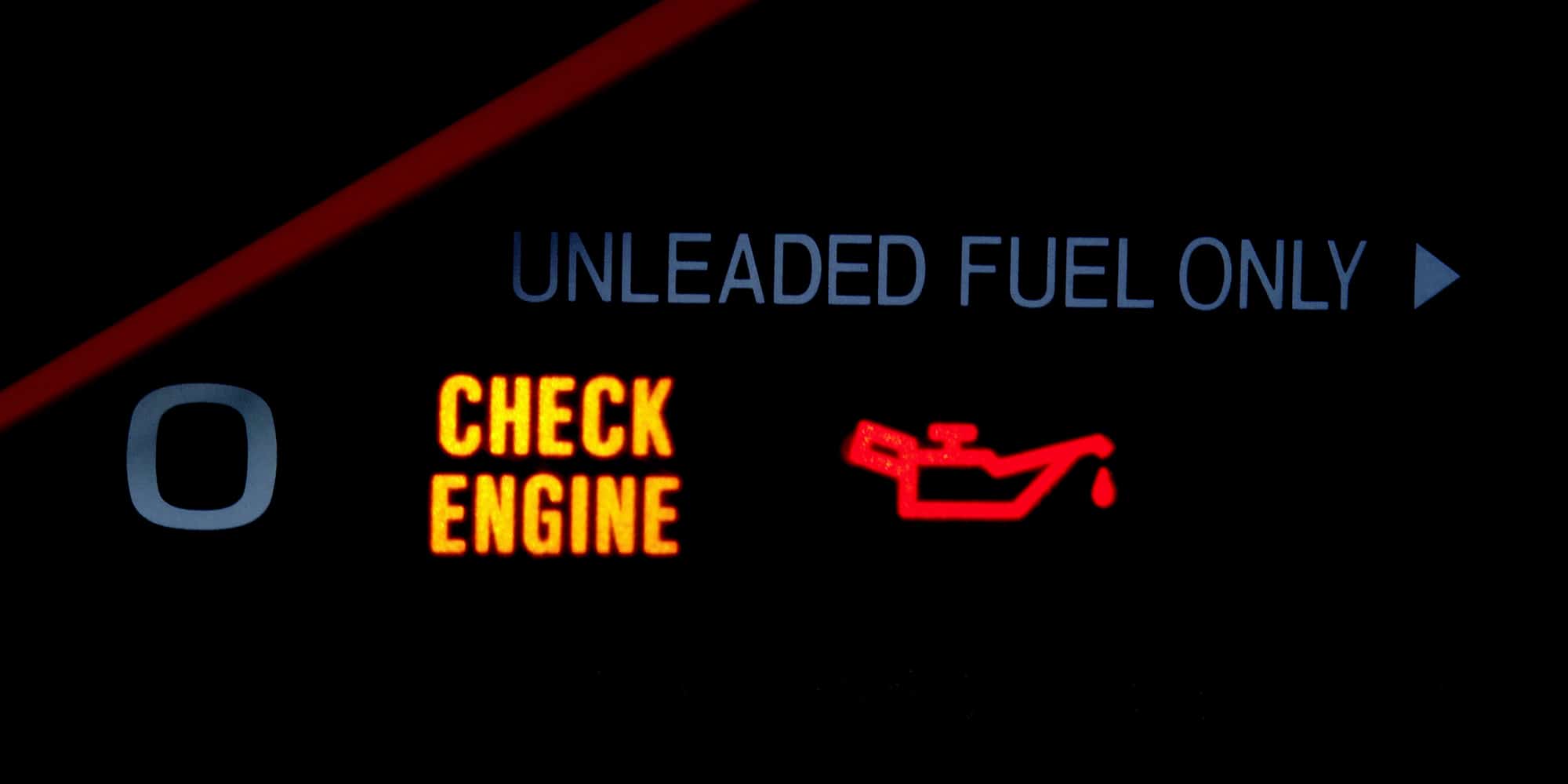Cloud Control—Keeping Infrastructure Up to Date

Car Buying—The Romance
Getting a new car from a dealer is often one of the most exciting times for any family or individual. Test driving, picking out colors and options, and then eventually driving off from the dealership with a brand new vehicle makes for an exhilarating event. You might want to show off your car, keep it clean, and start noticing others who have made similar choices. Some dealers even put a big wrapping present bow on your vehicle and do a photo shoot before you leave.
Car Ownership—The Reality
When reality sets in, though, it’s essential to follow the recommended service intervals set by the manufacturer and have records to keep your warranty in place, as improper care voids most warranties. A light comes on to remind you of services and you typically get a barrage of messages from the dealership, and sometimes recalls are issued to mitigate issues from car manufacturers when defective parts are discovered.
Likewise, for infrastructure provisioning in any private or public cloud environment, virtual machines (VMs) are issued as brand new, and, just like a car ,things need to be updated over time to run smoothly.
For a car, you have no choice but to manually schedule the vehicle for the maintenance and take the car “offline” so to speak to get the work done. That’s not the case with infrastructure—you can automate the whole process, and if you don’t you’re stuck with a dreaded manual process that inefficient and time-consuming.
Just recently, while getting down to work on something important on my laptop, I also needed a software update. Thinking the software update might be important too I lost thirty minutes waiting for the updates to complete. Not a big deal, because there’s plenty for me to do, but can you imagine if a similar scenario is playing out in a production environment for five hundred to tens of thousands of VMs?
Improving the efficiency of deploying and managing your VMs can have a huge impact when you’re scaling to large environments. Saving thirty minutes for any task would be huge savings for an enterprise. Most would argue that even saving five or ten minutes on a process that affects many end user is certainly worth it.
Having complete cloud control means that you’ve implemented a solution, like CloudBolt, to automate the process of keeping your infrastructure up to date. Instead of addressing a backlog of IT requested updates from end users, you can have a structure in place to automatically—or by an on-demand process—check for updates and then roll them out to any cloud-managed instance of those resources.
Two Stages
There are two stages in considering up-to-date infrastructure resources. The first stage is the initial provisioning that might need domain-specific configuration information and the proper networking information. You’ll also need to consider tagging for billing codes, and identifying business units or teams for the proper accounting of who’s spending what and where for chargeback/showback purposes. Everything that is done with the VM is easily tracked, like how the VIN number of your vehicle is a tag that can be used to figure out a lot of information about your car.
If the operating system you are deploying to the VM needs an update between major releases, you could build that into the orchestration process before it goes live to the end user. You could add security applications and specific agents for any kind of logging or your enterprise-specific monitoring tools. You’d also likely use a hostname template that automatically and correctly names the host and then can be used to help with any integrated solution in your enterprise for inventory and control of resources. You could apply that same VIN comparison here—perhaps an even tighter comparison than tagging in general.
The second stage occurs after the infrastructure is running and before decommissioning. There will be times you’d like to issue a patch to any software that you installed at runtime for the initial build of resources. You might need to add settings to a group of VMs and then restart services for the settings to take effect and you can do all of that remotely instead of a tedious manual process. As you manage the resources, you’ll have windows of time when the updates should occur and you can implement power schedules to only run the VMs when they’re needed and expiration dates for the decommissioning process.
This complete lifecycle control of your VMs from the initial provisioning, through the ongoing maintenance, and then retiring of the resources can be easily implemented with CloudBolt. The exhilaration of car buying is certainly not quite the same. But the dreaded manual process of car maintenance is a reminder that doing that for VMs does not scale well in the enterprise.
Ready to see how CloudBolt can help? Request a demo!
Related Blogs

The Future of Cloud Cost Management and Optimization is Here with CloudBolt
It’s an exciting time to be in the Cloud Cost Management and Optimization space. The landscape is quickly changing as…

